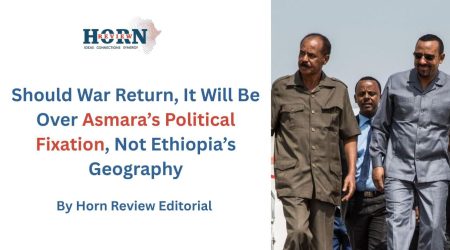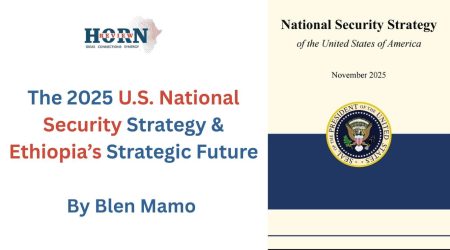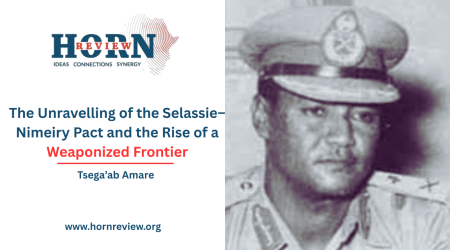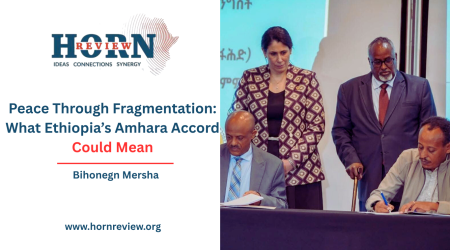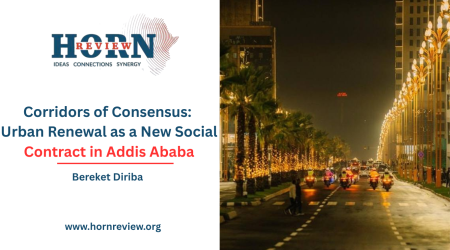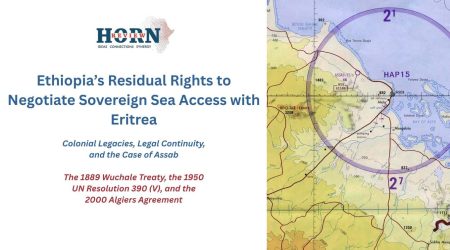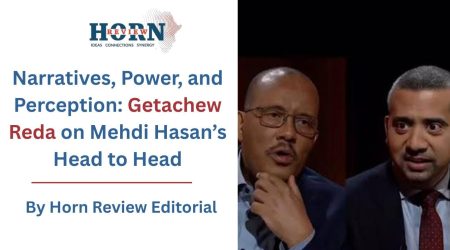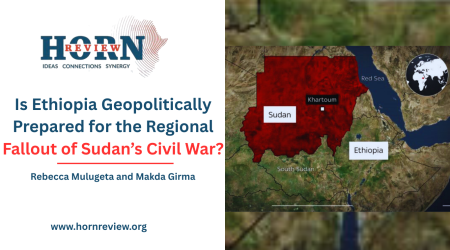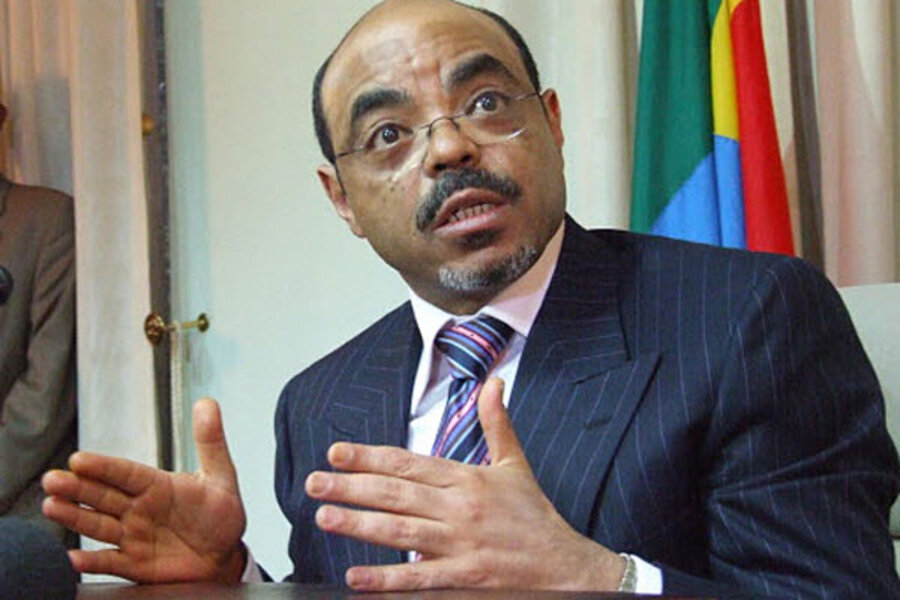
30
Jul
Vision & Fracture: Rethinking the Legacy of Meles Zenawi
Abstract:
Meles Zenawi’s legacy towers over contemporary Ethiopia – revered for his developmental vision, yet contested for the enduring fractures embedded within the state he helped reshape. This essay interrogates the strategic calculus, ideological commitments, and institutional architectures of his rule, tracing the dialectic between national ambition and political fragmentation. In revisiting the contradictions of his legacy – from the Grand Ethiopian Renaissance Dam to the ethnic federal order – this reflection offers a critical lens on how power, vision, and legitimacy were wielded, and what it means for Ethiopia’s uncertain future.
Developed, But Divided Republic:
Few post-colonial African leaders have left a legacy as intellectually formidable, strategically impactful, and deeply polarizing as that of Meles Zenawi. Over two decades in power, he reimagined Ethiopia’s global st anding and developmental priorities. But the foundations he laid -while ambitious and often brilliant -were also burdened by contradictions that continue to shape the country’s struggles today.
Emerging from the wreckage of the Derg regime, Meles used foreignpolicy as a calculated instrument of power. His intervention in Somalia in 2006 announced Ethiopia’s readiness to act decisively in regional security, winning praise from allies such as the United States, particularly in the context of the War on Terror. It marked Ethiopia’s transformation from a fragile state to a self-assertive regional actor -but also drew it into entanglements whose costs are still being reckoned with.
Meles’ most iconic undertaking, the Grand Ethiopian Renaissance Dam (GERD), was not born in his era, but he gave it institutional form. The vision dates back to Emperor Haile Selassie, who in the 1960s commissioned studies along the Nile with hopes of harnessing the river for Ethiopia’s benefit. That vision lay dormant for decades. Meles revived it with diplomatic and technical force, presenting the dam as a national symbol and reframing it from a source of regional tension into one of shared development. However, the promise of the dam would later be undermined by challenges far beyond engineering -reflecting deeper political and institutional weaknesses. The posthumous trajectory of the project tells a different story: a dream bogged down by bureaucratic mismanagement and, critically, corruption -particularly among some EPRDF, most particularly TPLF elites, whose interests diluted the promise of a people’s dam.
In economic policy, Meles championed a “Developmental State” model, driven by public investment in infrastructure, education, and health. The results were undeniable: rapid growth, dramatic poverty reduction, and a bold redefinition of Ethiopia’s relationship with international financial institutions. “He didn’t beg for aid; he demanded policy sovereignty,” many of his supporters still say. And for a time, the numbers backed him up. Yet the same centralized governance that enabled swift delivery also suppressed dissent, muzzled the press, and narrowed the space for political opposition.
Corruption remained a persistent undercurrent. While Meles publicly decried it, his government never fully stemmed the tide -partly due to the entrenched patronage culture within the ruling party, and partly due to dynamics close to home. Allegations of nepotism and undue enrichment followed key figures within his administration and household, weakening public trust.
While domestically focused on consolidating power and pursuing economic growth, Meles’s regional policies were equally complex and contentious, shaping relations with neighboring Eritrea in ways that remain deeply debated. His stance on Eritrea remains another point of contention. While ideologically aligned with the EPLF in the early revolutionary years, political relations deteriorated sharply. Eritrea’s secessionist war ended with Ethiopia losing access to its coastline and disputed territory – an outcome many Ethiopians view as a national humiliation. Critics argue that Meles’ ideological affinity for Eritrean self-determination came at the cost of national interest.
But perhaps Meles’ most fateful legacy is the ethnic federal system he helped design and institutionalize. Conceived as a way to address Ethiopia’s diversity through autonomy and self-rule, it instead entrenched ethnicity as the primary mode of political identity. What began as a political experiment meant to ensure inclusion has, in practice, generated cycles of division and violent contestation. Today’s civil wars, including those involving his own party -the TPLF -are rooted in a system that Meles built, and which his successors have been unable to transcend.
Yet despite these contradictions, Meles was a towering intellect, admired globally for his clarity of thought and strategic mind. He was a rare African leader who could challenge Western economic orthodoxy on equal footing. But that respect, many argue, was won more for himself and the TPLF than for the Ethiopian state. At home, he governed through a mix of vision and fear -commanding loyalty, but often suppressing dissent.
The political architecture Meles constructed did not end with his leadership; instead, it laid the foundation for the tumultuous reform efforts and conflicts under his successor, Abiy Ahmed. Abiy’s rise brought promises of political openness and reconciliation, but he inherited a federation fractured along ethnic lines and a political culture marked by centralization and control. The ethnic federalism that once aimed to contain diversity now fuels some of Ethiopia’s gravest conflicts. Meanwhile, GERD remains a potent symbol of national pride and regional tension, bridging Meles’s vision with Abiy’s challenges.
Whether one remembers him as a visionary or a centralizer, a builder or a divider, there’s little debate about his intellect or influence. He reasserted Ethiopia’s place in the world, reshaped its development discourse, and challenged donor orthodoxy. But he also left behind a brittle federation, a political culture rooted in fear and loyalty, and a legacy of ethnic division that continues to destabilize the state.
Ethiopia today still walks in his long shadow. The question is no longer whether his legacy matters – but whether the nation can build upon its strengths while finally confronting the flaws embedded within it.
By Samiya Mohammed,Researcher,Horn Review

